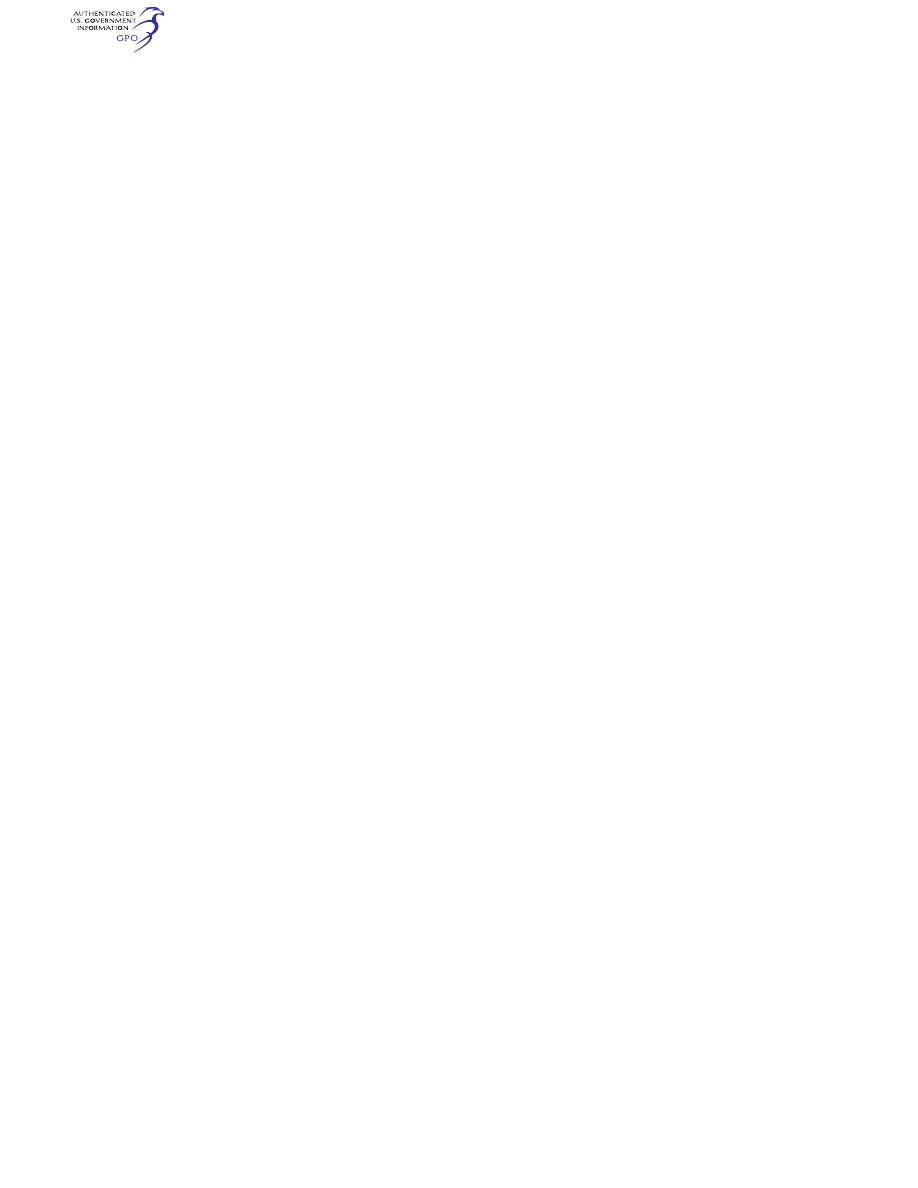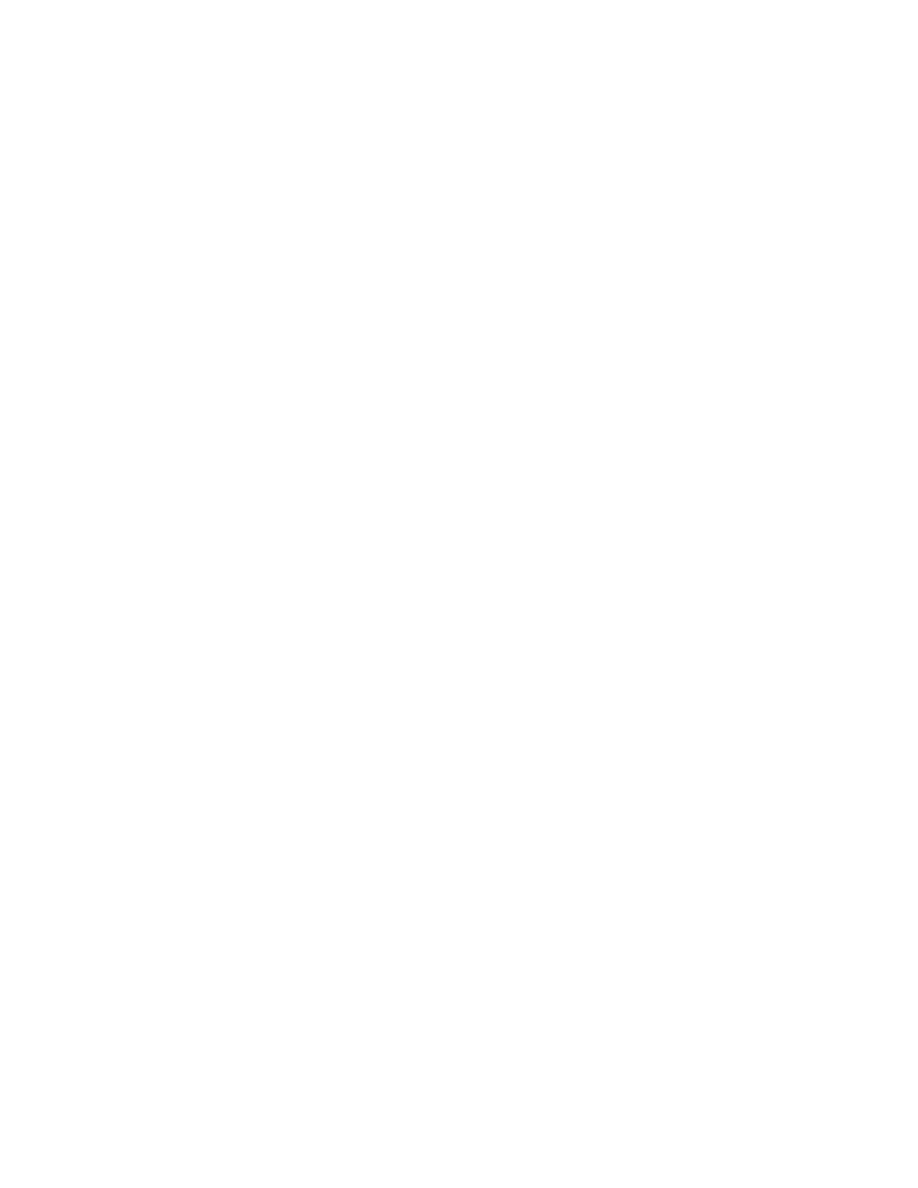
548
14 CFR Ch. I (1–1–24 Edition)
§ 27.1316
(c) A means to alert the crew in the
event of a failure must be provided
when an unsafe system operating con-
dition exists and to enable them to
take corrective action. Systems, con-
trols, and associated monitoring and
crew alerting means must be designed
to minimize crew errors that could cre-
ate additional hazards.
(d) Compliance with the require-
ments of this section must be shown by
analysis and, where necessary, by
ground, flight, or simulator tests. The
analysis must account for:
(1) Possible modes of failure, includ-
ing malfunctions and misleading data
and input from external sources;
(2) The effect of multiple failures and
latent failures;
(3) The resulting effects on the rotor-
craft and occupants, considering the
stage of flight and operating condi-
tions; and
(4) The crew alerting cues and the
corrective action required.
[Amdt. 27–51, 88 FR 8737, Feb. 10, 2023]
§ 27.1316
Electrical and electronic sys-
tem lightning protection.
(a) Each electrical and electronic
system that performs a function, for
which failure would prevent the contin-
ued safe flight and landing of the rotor-
craft, must be designed and installed so
that—
(1) The function is not adversely af-
fected during and after the time the
rotorcraft is exposed to lightning; and
(2) The system automatically recov-
ers normal operation of that function
in a timely manner after the rotorcraft
is exposed to lightning.
(b) For rotorcraft approved for in-
strument flight rules operation, each
electrical and electronic system that
performs a function, for which failure
would reduce the capability of the
rotorcraft or the ability of the
flightcrew to respond to an adverse op-
erating condition, must be designed
and installed so that the function re-
covers normal operation in a timely
manner after the rotorcraft is exposed
to lightning.
[Doc. No. FAA–2010–0224, Amdt. 27–46, 76 FR
33135, June 8, 2011]
§ 27.1317
High-intensity Radiated
Fields (HIRF) Protection.
(a) Except as provided in paragraph
(d) of this section, each electrical and
electronic system that performs a func-
tion whose failure would prevent the
continued safe flight and landing of the
rotorcraft must be designed and in-
stalled so that—
(1) The function is not adversely af-
fected during and after the time the
rotorcraft is exposed to HIRF environ-
ment I, as described in appendix D to
this part;
(2) The system automatically recov-
ers normal operation of that function,
in a timely manner, after the rotor-
craft is exposed to HIRF environment
I, as described in appendix D to this
part, unless this conflicts with other
operational or functional requirements
of that system;
(3) The system is not adversely af-
fected during and after the time the
rotorcraft is exposed to HIRF environ-
ment II, as described in appendix D to
this part; and
(4) Each function required during op-
eration under visual flight rules is not
adversely affected during and after the
time the rotorcraft is exposed to HIRF
environment III, as described in appen-
dix D to this part.
(b) Each electrical and electronic
system that performs a function whose
failure would significantly reduce the
capability of the rotorcraft or the abil-
ity of the flightcrew to respond to an
adverse operating condition must be
designed and installed so the system is
not adversely affected when the equip-
ment providing these functions is ex-
posed to equipment HIRF test level 1
or 2, as described in appendix D to this
part.
(c) Each electrical and electronic sys-
tem that performs a function whose
failure would reduce the capability of
the rotorcraft or the ability of the
flightcrew to respond to an adverse op-
erating condition, must be designed
and installed so the system is not ad-
versely affected when the equipment
providing these functions is exposed to
equipment HIRF test level 3, as de-
scribed in appendix D to this part.
(d) Before December 1, 2012, an elec-
trical or electronic system that per-
forms a function whose failure would
VerDate Sep<11>2014
09:06 Jun 28, 2024
Jkt 262046
PO 00000
Frm 00558
Fmt 8010
Sfmt 8010
Y:\SGML\262046.XXX
262046
jspears on DSK121TN23PROD with CFR
